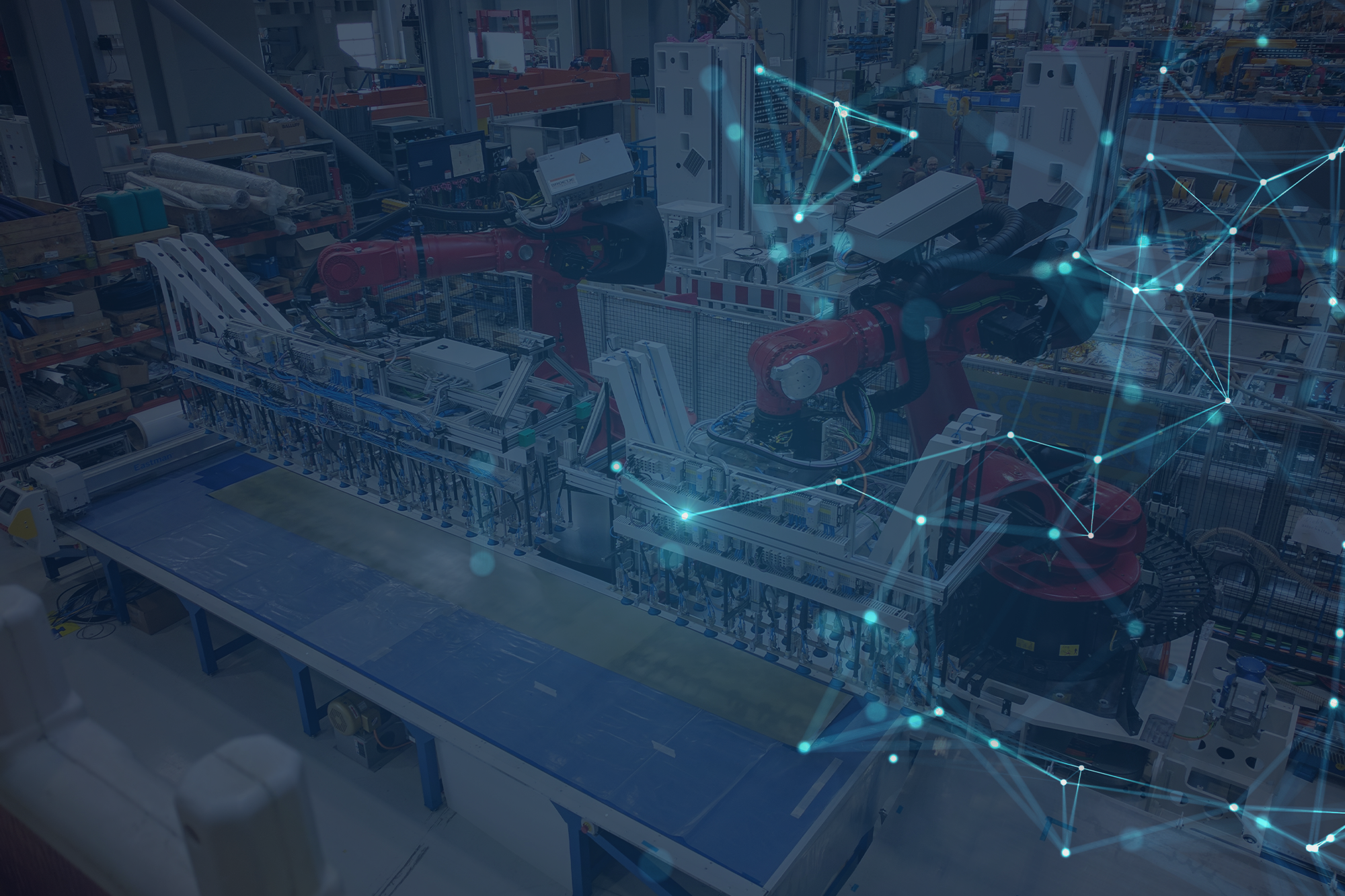Industry is not content with the status quo. Continuous improvement and radical innovation alike have driven manufacturers forward since before the first industrial revolution, when, in the late 1700s, water and steam-powered facilities allowed for mass production for the first time. Since then, industry has experienced three more radical transformations, placing us in Industry 4.0.
Eastman has been at the forefront of these shifts since our founding in 1888, when the first Eastman cutting machine revolutionized the apparel industry during Industry 2.0. At this point, machines of all kinds began running on electrical energy—including our first cutting machine, which replaced tedious manual labor in the cutting room. A century later, IT, PLC, and resulting automation capabilities marked Industry 3.0. Eastman ushered in the third industrial revolution with its line of automated cutting machines and complementary software suite designed for a wide range of industries.
Industry 4.0 in the Cutting Room
Today, manufacturers are building on the automation facilitated by computers to create smart facilities powered by the internet of things (IoT) and artificial intelligence (AI). In Industry 4.0, real-time connectivity and data analysis—which enables machine learning and uncovers operational insights—allow manufacturers to adapt more quickly and efficiently to customer demands and economic pressures.
The connectivity and data analysis of Industry 4.0 offer the Eastman-powered cutting room a long list of features. With our OPC UA (Open Platform Communications United Architecture) server, facilities have real-time information regarding tool usage, job runtime, motor position and accuracy, material usage, and program uptime. OPC UA automates additional cutting processes, including move, cut, pause, and next. Industrial IoT also enables predictive maintenance, allowing your facilities team and Eastman’s technical support to solve equipment problems before they disrupt production. All of this is possible without additional manufacturing space or new equipment, thanks to the power of cloud computing.
Demonstration of automated kitting with an Eastman conveyorized cutting table.
The Benefits of Manufacturing 4.0
While these features sound impressive, how will they impact your cutting room? The benefits of connected factories are tangible and immediate.
The fourth industrial revolution builds on the assembly lines of Industry 2.0 and the computerized automation of Industry 3.0 with full-scale automation. OPC UA—compatible with Eastman’s S135 static table, C135 conveyor, and Talon multi-ply cutting machines—creates a common language between your machines and monitoring systems. IoT technology connects your facility’s physical and digital elements and automates dozens of cutting room actions.
Real-time monitoring and analysis allows a machine operator to watch, control, and analyze their machine without being physically located in the same room or even the same facility. Real-time, remote monitoring allows for instantaneous collaboration using the most up-to-date data available. This gives manufacturers the ability to engage the right team for a specific task, whether it be continuous improvement of a core product or adapting facilities to on-demand production capabilities—no matter where subject matter experts are located.
Depending on the materials your company relies on, your cutting room may not be comfortable for human operators. The ability to operate equipment remotely protects human operators from harsh environments.
Machines are not good at every task humans do. However, AI does complete certain tasks, like valuable predictive analytics and data-backed decision making, faster and more accurately than a human workforce. Industry 4.0 allows manufacturers to boost efficiency within a manufacturing process by minimizing human error, waste, and downtime.
Eastman’s commitment to innovation, from the first electric cutting machine to our OPC UA server, helps us support manufacturers in a variety of industries. Together, we’re welcoming Industry 4.0 into cutting rooms, allowing our customers to realize the benefits of real-time connectivity and data analysis.

